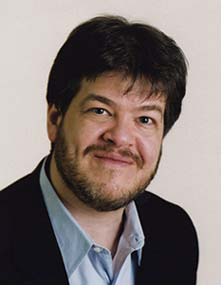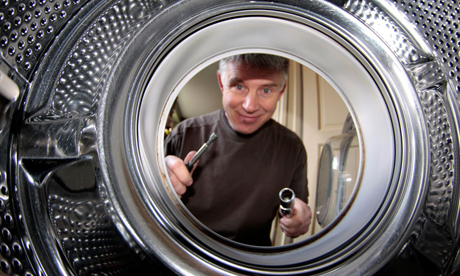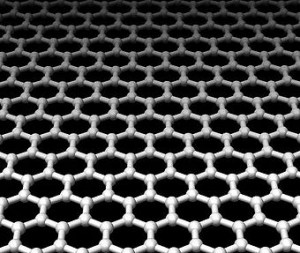 The conservative backlash against the Waxman-Markey Cap and Trade bill has started.
The conservative backlash against the Waxman-Markey Cap and Trade bill has started.
The handsome devil you see to your left is Boston Globe columnist Jeff Jacoby, one of the most vocal critics on Cap and Trade and pretty much any other idea he didn’t read in the Weekly Standard.
Jacoby, who was hired by the the Globe in 1994 to provide editorial ‘balance’ to the liberal columnists already in the Globe’s employ, has managed to stay employed despite several incidents at the Globe, one of which lead to him being suspended without pay for four months in 2000.
In his latest column, Jacoby attacks the Obama Administration for having the nerve to push through legislation that addresses climate change, when the jury is ‘still out’ on global warming.
Remember folks, this is the same tactic used by the cigarette industry for several decades. Deny reality for as long as possible while they wring the last few bucks out of the racket..
Still, even if one wishes to forget the whole global warming thing, let’s remember there is a reason why it’s called ‘non-renewable’ energy. At some point in the future, it will become obvious we are reaching the end of the earth’s resources. If we haven’t moved away from carbon-based energy sources at that time, the competition for what’s left will make the Iraq War look like a neighborhood dispute.


 Last week, ABC premiered “The Goode Family” a new animated series from Mike Judge, the creator of “Beavis and Butthead” and “King of the Hill.”
Last week, ABC premiered “The Goode Family” a new animated series from Mike Judge, the creator of “Beavis and Butthead” and “King of the Hill.” A
A 
 MIT has
MIT has  The debate on the value (and costs) of wide spread deployment and installation of ‘
The debate on the value (and costs) of wide spread deployment and installation of ‘ Cambridge Forum is one of public radio’s longest running public affairs programs. The program is recorded live every week in Harvard Square, before being broadcast on WGBH.
Cambridge Forum is one of public radio’s longest running public affairs programs. The program is recorded live every week in Harvard Square, before being broadcast on WGBH.
